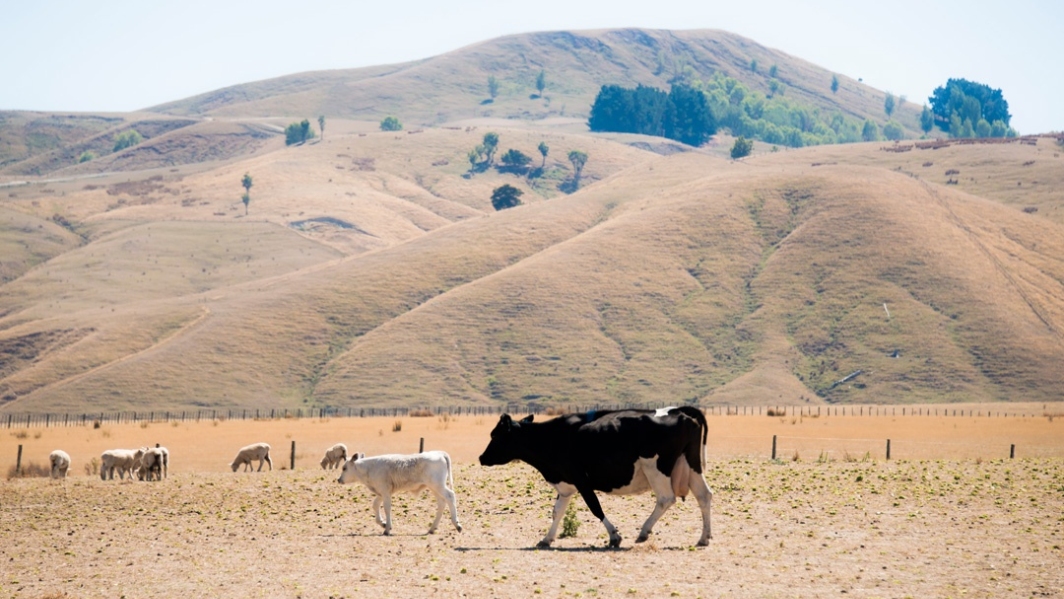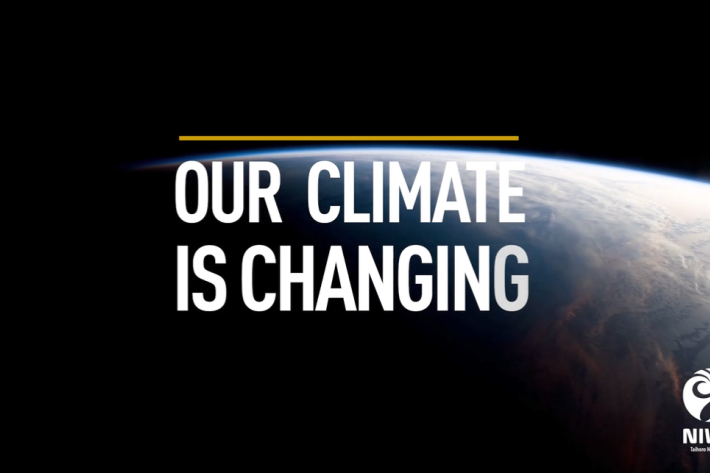-
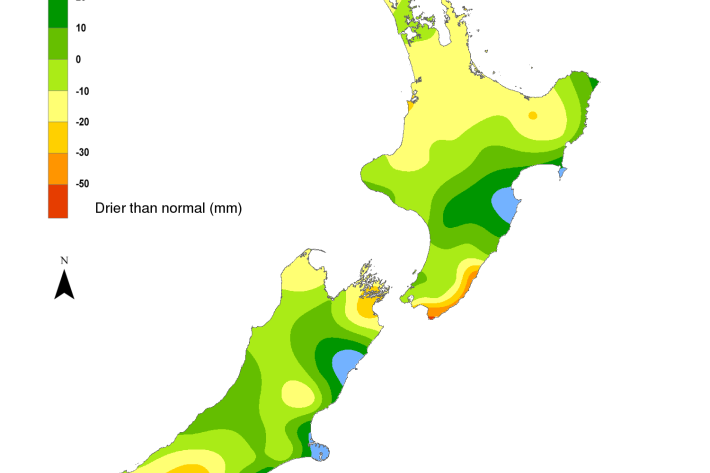
Hotspot Watch 6 November 2019
Hotspot08 November 2019Across the North Island, soil moisture levels decreased everywhere during the past week due to meagre rainfall and above average temperatures. The most significant decreases were observed across the northern half of the North Island, where soil moisture levels are now below normal nearly everywhere from Northland to Waikato and Bay of Plenty. -
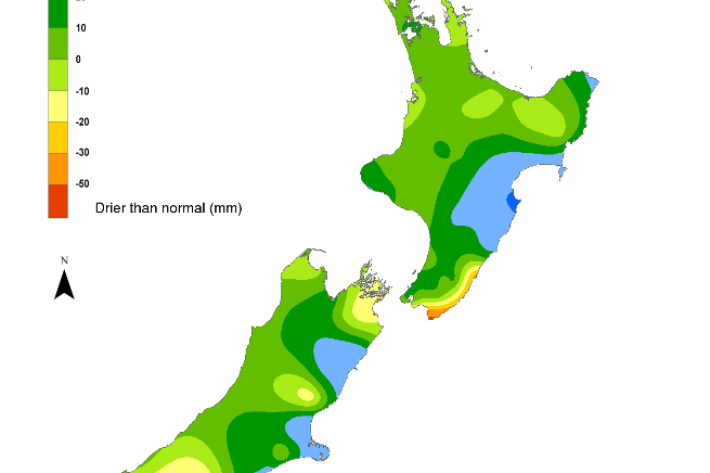
Hotspot Watch 1 November 2019
Hotspot01 November 2019Across the North Island, soil moisture levels generally decreased slightly during the past week. In the South Island, soil moisture levels decreased slightly in most locations during the past week, although slight increases were observed in coastal Otago and Southland. -
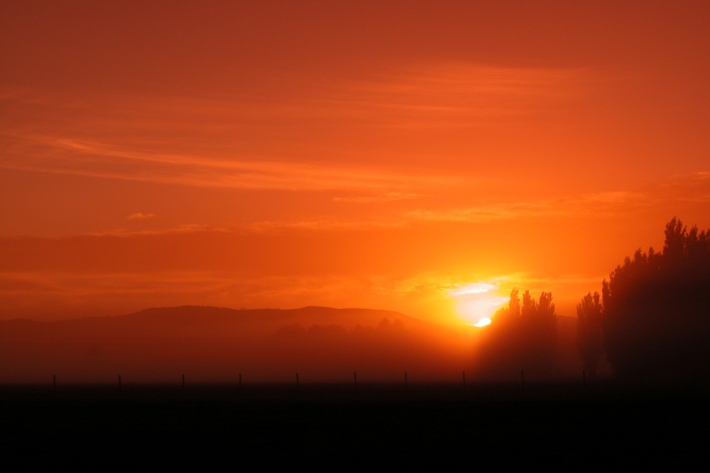
Hot weekend awaits
Media release31 October 2019This weekend, after a rather cool October, the beginning of November brings out the heat. -
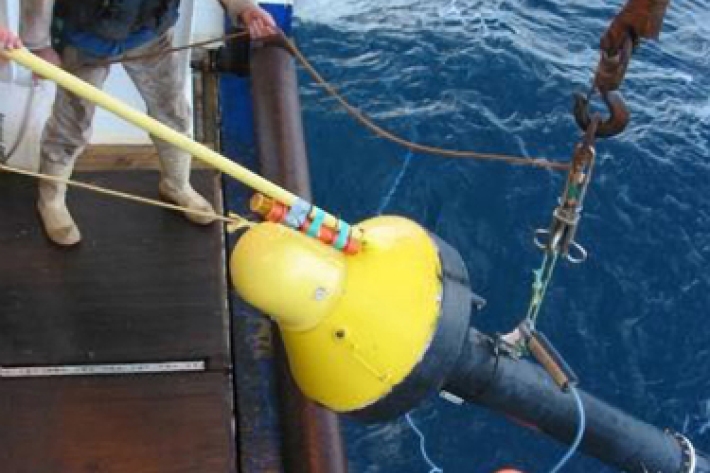
Planning an ocean observation network
Media release03 October 2019New Zealand’s changing ocean environment has prompted the call to develop a system that will keep closer tabs on information from scientific monitoring buoys so the data they produce can be shared as widely as possible. -
Covering Climate Now
Media release17 September 2019Expect to hear a lot more about climate change in the news in the weeks ahead – and a lot about NIWA’s work underpinning the science that is signalling a warmer world right now and its effects in the future. -

How do clouds modify the response of mountain glaciers to climate change?
Research ProjectWhile we know that glaciers are sensitive to changes in their local climate, our understanding of exactly how mountain glaciers will respond to climate change is incomplete. -
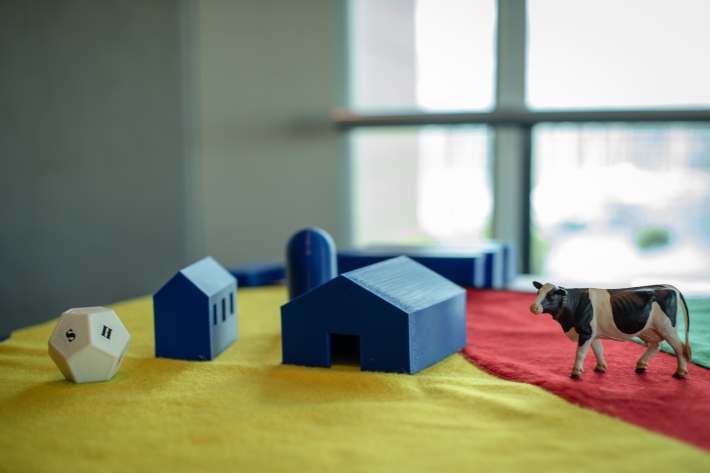
Adaptive futures: a serious game for climate change adaptation
Research ProjectNIWA is using serious games to look at problems holistically and provide a framework for climate change adaptation decision-making. -
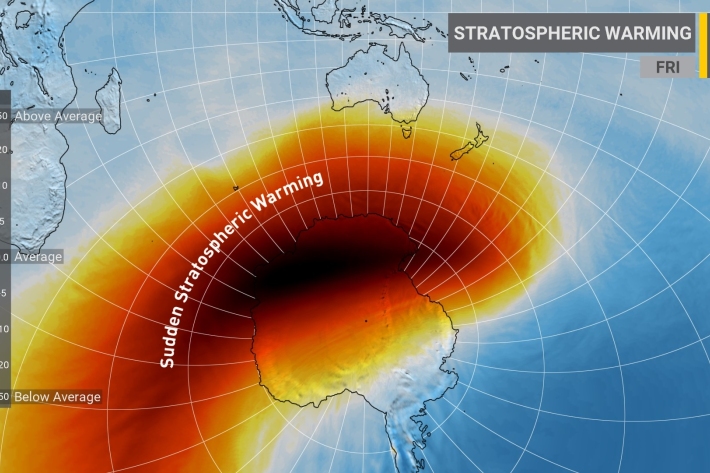
Rare weather phenomenon possible
Media release22 August 2019NIWA meteorologists are keeping an eye on an unusual atmospheric phenomenon that is amassing in the polar stratosphere. -
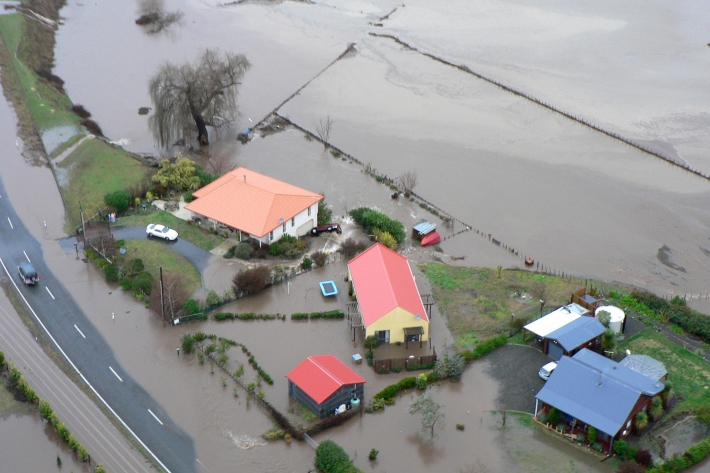
New reports highlight flood risk under climate change
Media release21 August 2019Two reports released today by NIWA and the Deep South National Science Challenge reveal new information about how many New Zealanders, how many buildings and how much infrastructure could be affected by extreme river and coastal flooding from storms and sea-level rise. -

Snow and Ice Network
Research ProjectNIWA has established a network of high elevation electronic weather stations to provide a solid basis to understand seasonal patterns and long-term changes to seasonal snow and ice in alpine regions of New Zealand. -

Daily CO2 measurements from NIWA’s atmospheric monitoring station at Baring Head
ServiceDaily CO2 measurements from NIWA’s atmospheric monitoring station at Baring Head. -
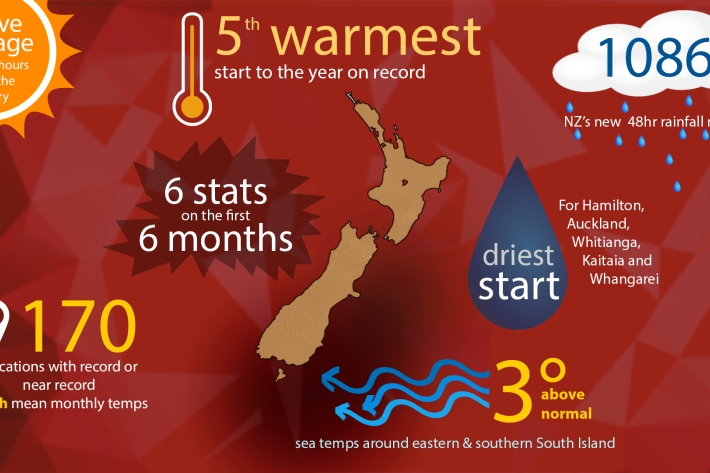
2019 so far - a story of weather and climate extremes
Media release02 July 2019We’re now halfway through 2019 and NIWA climate data from the first six months tell a dramatic story of weather and climate extremes.

